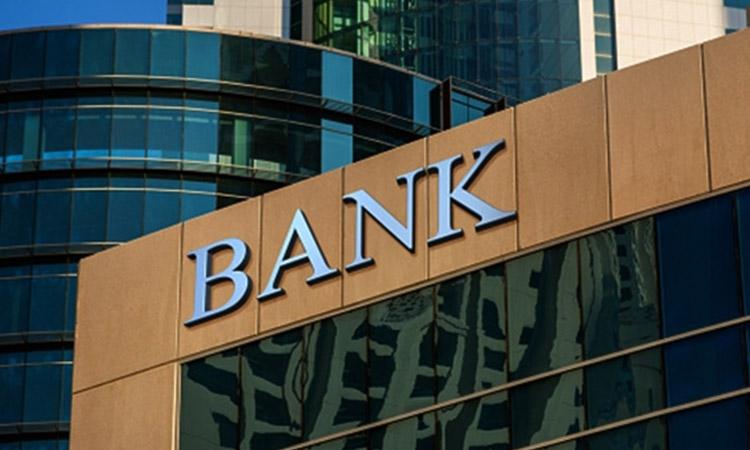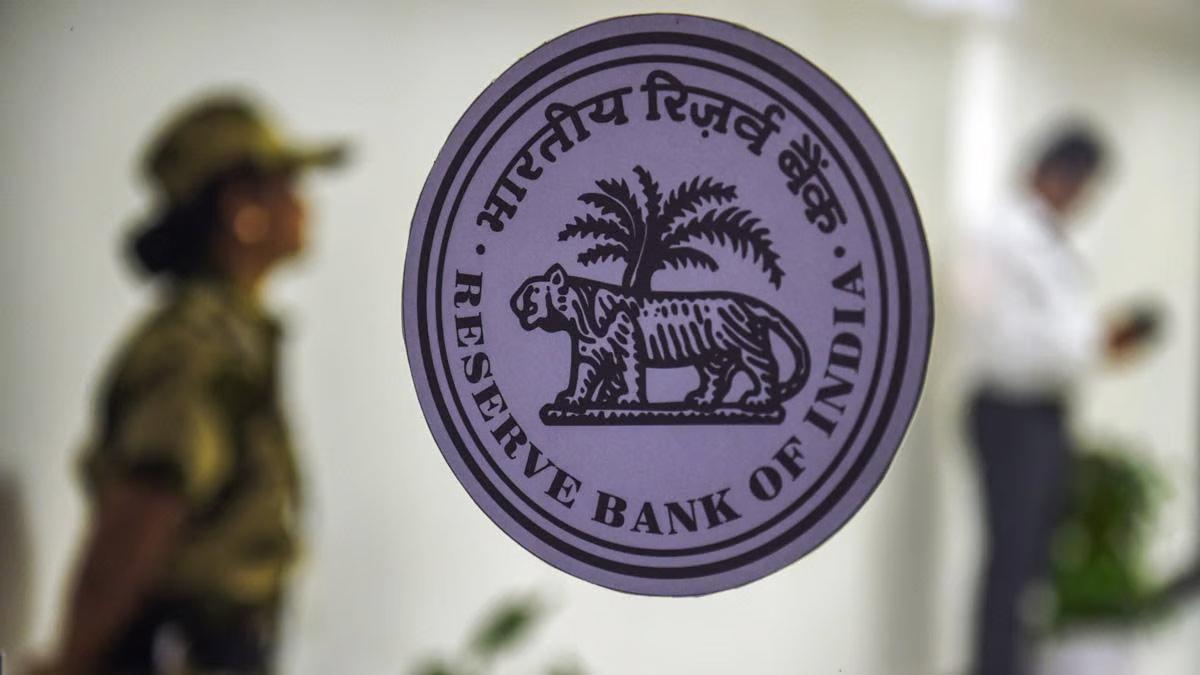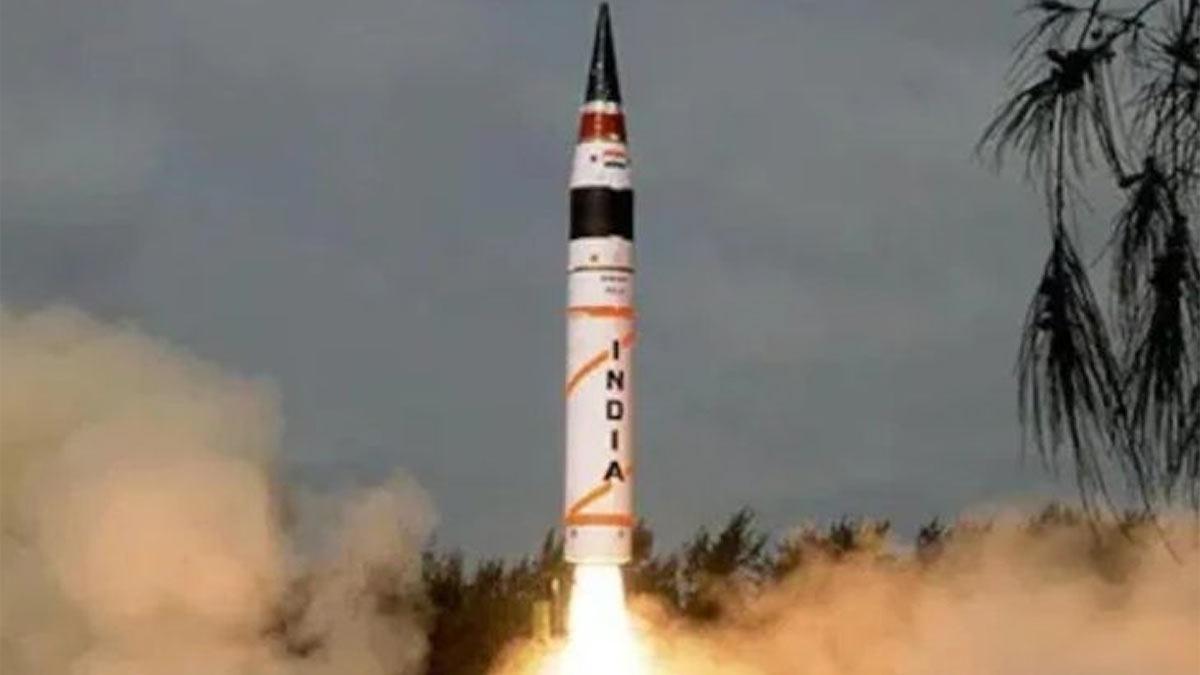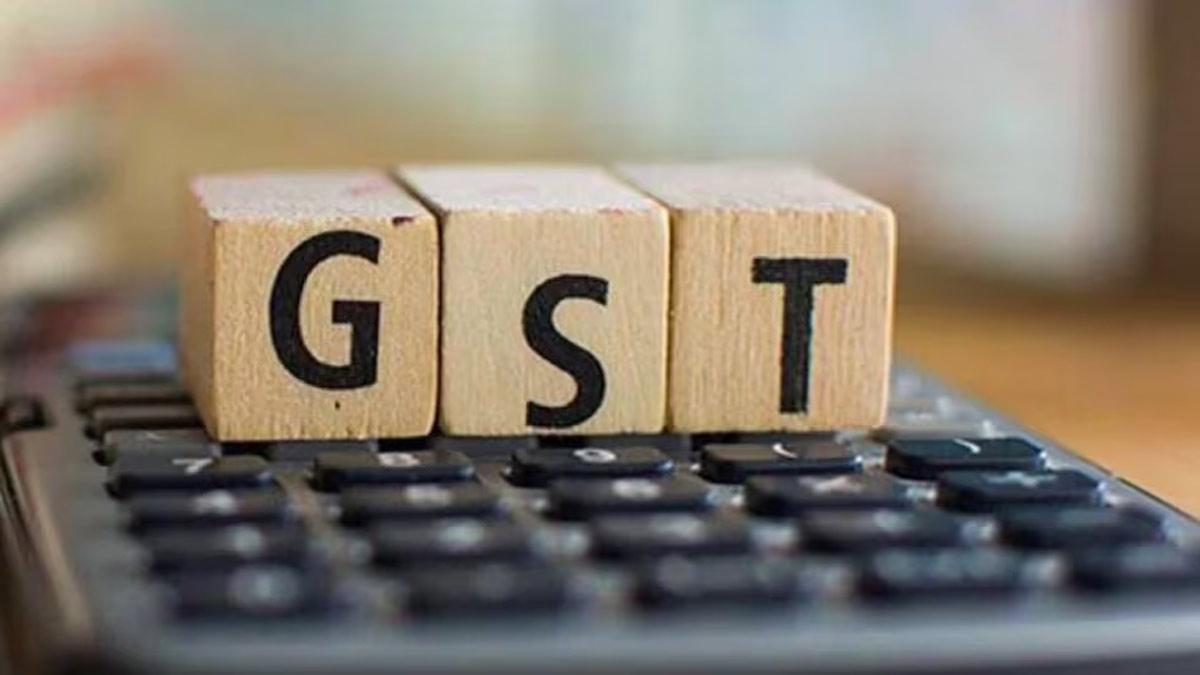The second wave of the Covid-19 pandemic posed challenges for banks like increase in overdue levels and higher infection rates among employees, impacting collections and resulting in higher slippages and some increase in the restructured book. However, despite these challenges, the steady operating profitability and reducing provisioning on legacy stressed accounts continued to provide relief to the bottom-line and the capital position of banks, ratings agency ICRA has said in a report.
The gross non-performing advances (GNPAs) and the net NPAs remained stable at 7.7 per cent and 2.5 per cent respectively for banks as on June 30, 2021, compared to 7.6 per cent and 2.5 per cent as on March 31, 2021, and 8.6 per cent and 3.0 per cent as on March 31, 2020, i.e. at the beginning of the pandemic.
Of the total restructured loan book of Rs 2 lakh crore for the banks as on June 30, 2021, the restructuring under Covid 1.0 is estimated at 51 per cent of the total restructuring of Rs 1.0 trillion, while restructuring under Covid 2.0 is estimated at 31 per cent of the total restructuring or Rs 0.6 trillion.
Moreover, as per ICRA's estimates, of the total restructuring of Rs 1 lakh crore under Covid 1.0, 60 per cent was accounted for by corporates, 30 per cent by retail and the balance by the MSMEs as on June 30, 2021. The public sector banks (PSBs) were relatively more accommodative in restructuring requests of the borrowers as their restructured books stood at 2.4 per cent of the advances vis-a-vis 1.3 per cent of the private sector banks (PVBs).
Also Read | Musk trolls Cook over Apple's $19 cleaning cloth
Notwithstanding the positive headline asset quality numbers, the fresh NPA generation rate (or slippages) remained elevated during the second wave in absence of regulatory relief such as moratorium. The gross fresh slippages during Q1 FY2022 stood at Rs 1.0 lakh crore (annualised slippage rate of 4.1 per cent) compared to Rs 2.5 lakh crore or 2.7 per centp during FY2021.
ICRA expects this to remain elevated at Rs 0.7-0.8 lakh crore (2.8-3.2 per cent) during Q2 FY2022 but moderate to Rs 1.1-1.2 lakh crore (2.0-2.4 per cent) during H2 FY2022 as the impact of second wave wanes.
Commenting on the developments, Anil Gupta, Vice President - Financial Sector Ratings, ICRA Ratings says: "Considering that 30-40 per cent of the loan book was under moratorium during Q1 FY2020 across most banks, the loan restructuring at 2.0 per cent of advances after the second wave is a positive surprise and much lower than our earlier estimates. Despite the positive headline numbers, we continue to be watchful of the asset quality, given the elevated levels of the overdue loan book and for the performance of the restructured loan book."
With net NPAs declining to the lowest levels in the last six years, the legacy asset provisioning for the banks has been declining in relation to their core operating profits.
As per ICRA's estimates the GNPAs and NNPAs are expected to further decline to 6.9-7.0 per cent and 2.2.-2.3 per cent by March 2022 which will continue to be a relief for the bottom-line of lenders. Despite expectations of moderation in gains on bond portfolios because of expectations of rising bond yields in FY2022, the Return on Equity for banks is likely to remain steady at 4.4-7.6 per cent for PSBs (5.1 per cent in FY2021) and 9.5-9.9 per cent for PVBs (10.5 per cent in FY2021).
With increased confidence on the position of banks, the Reserve Bank of India (RBI) also phased in the last tranche of the Capital Conservation Buffer (CCB) from October 1, 2021, which otherwise was deferred four times in the last three years. This will entail higher regulatory capital requirements, i.e. Core Equity Capital (CET) of 8.0 per cent compared to 7.375 per cent earlier, but the banks are well placed in our view for these enhanced capital requirements.
The PSBs raised Rs 10,300 crore of equity capital (0.18 per cent of risk weighted assets - RWAs) from the markets in H1 FY2022, which followed a capital raise of Rs 12,000 crore (0.21 per cent of RWA) in FY2021. Large private banks also remain well-capitalised though few mid-sized PVBs could need to raise capital.
Apart from the asset quality, the rollover of additional tier-I (AT-I bonds) of public banks remains to be monitored, given the sizeable quantum (Rs. 27800 crore) of bonds that have the scheduled call option in FY2022 and FY2023.
Apart from State Bank of India, none of other PSBs have raised AT-I bonds this financial year. As per ICRA's estimates, the PSBs may not need the capital budgeted by the government for FY2022 even with enhanced capital requirements. However, it provisions for any unforeseen events and shall provide confidence to banks as well as investors and credit growth.
Also Read | TCS to manage Ram temple trust funds
"With the improved capital and profitability position of public banks, which accounts for a 62 per cent share in bank loans, and abundant liquidity in the banking system, supply of credit does not appear to be a constraint. Nevertheless, revival of credit demand and the willingness of banks to push growth will be the key drivers of the overall credit growth in the economy. We continue to maintain our credit growth estimate of 7.3-8.3 per cent for banks for FY2022 compared to 5.5 per cent for FY2021," Gupta said.


















